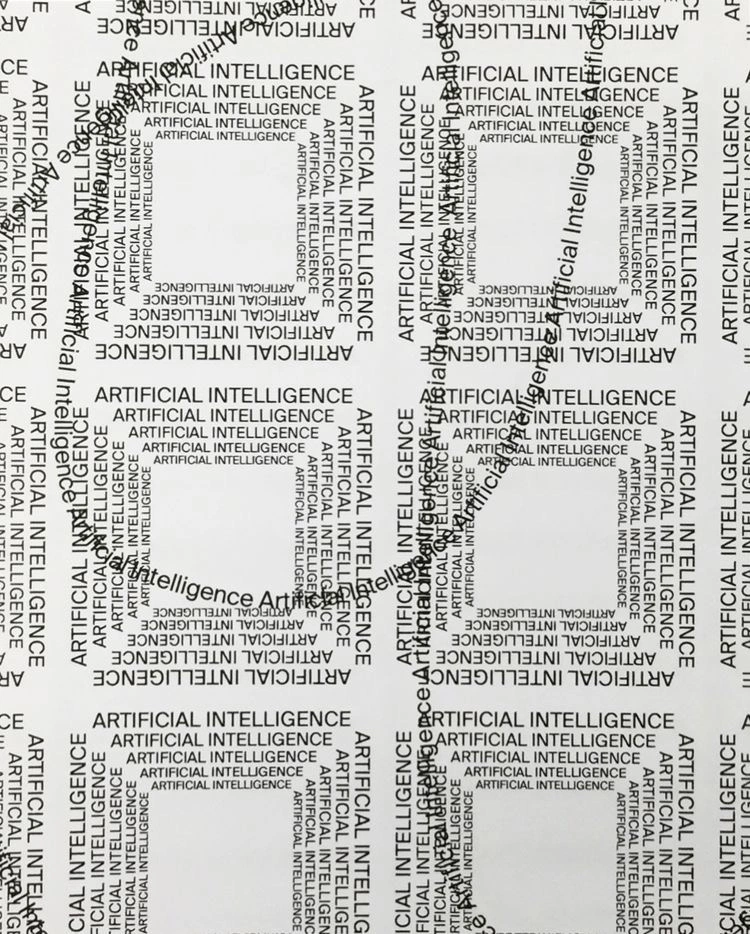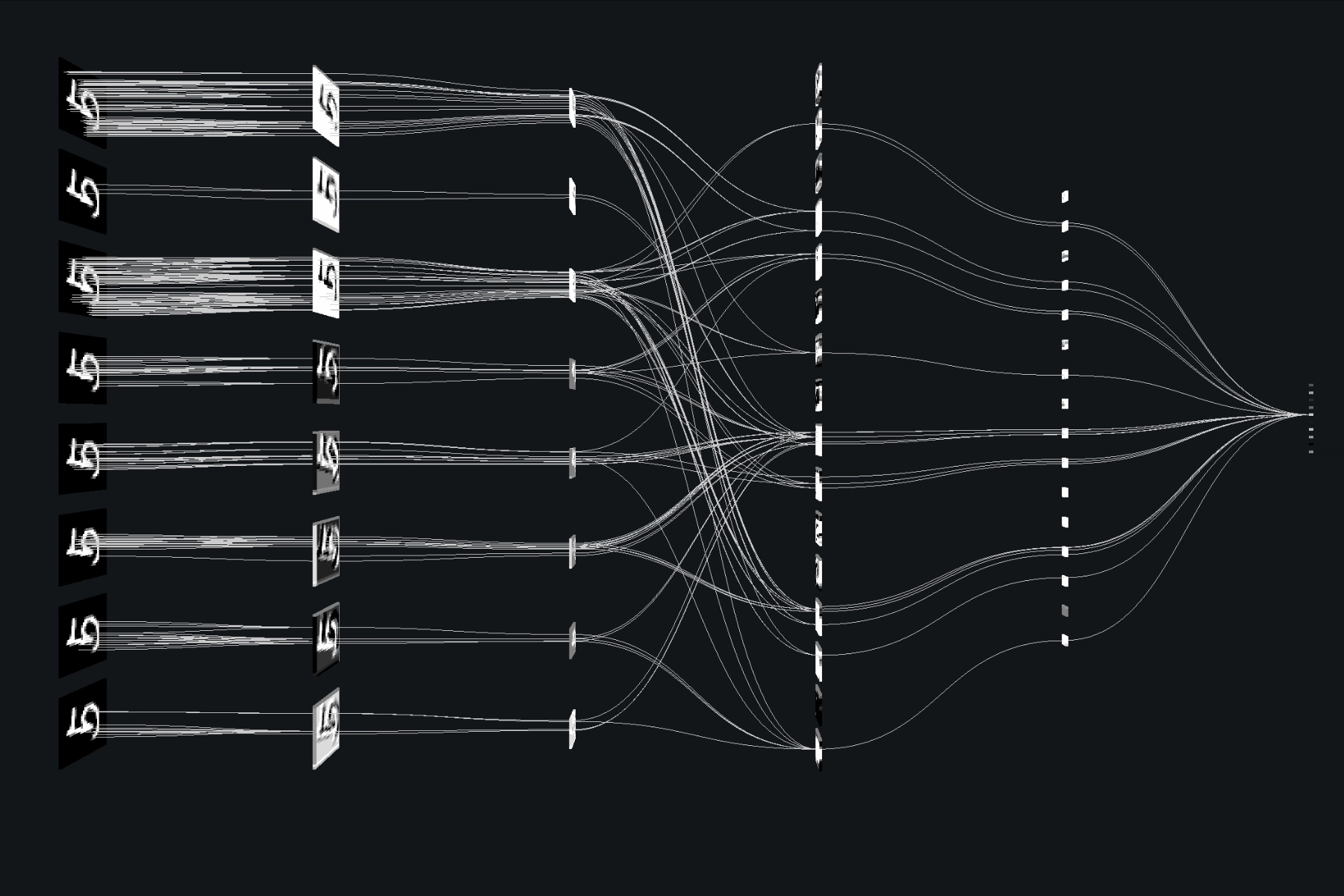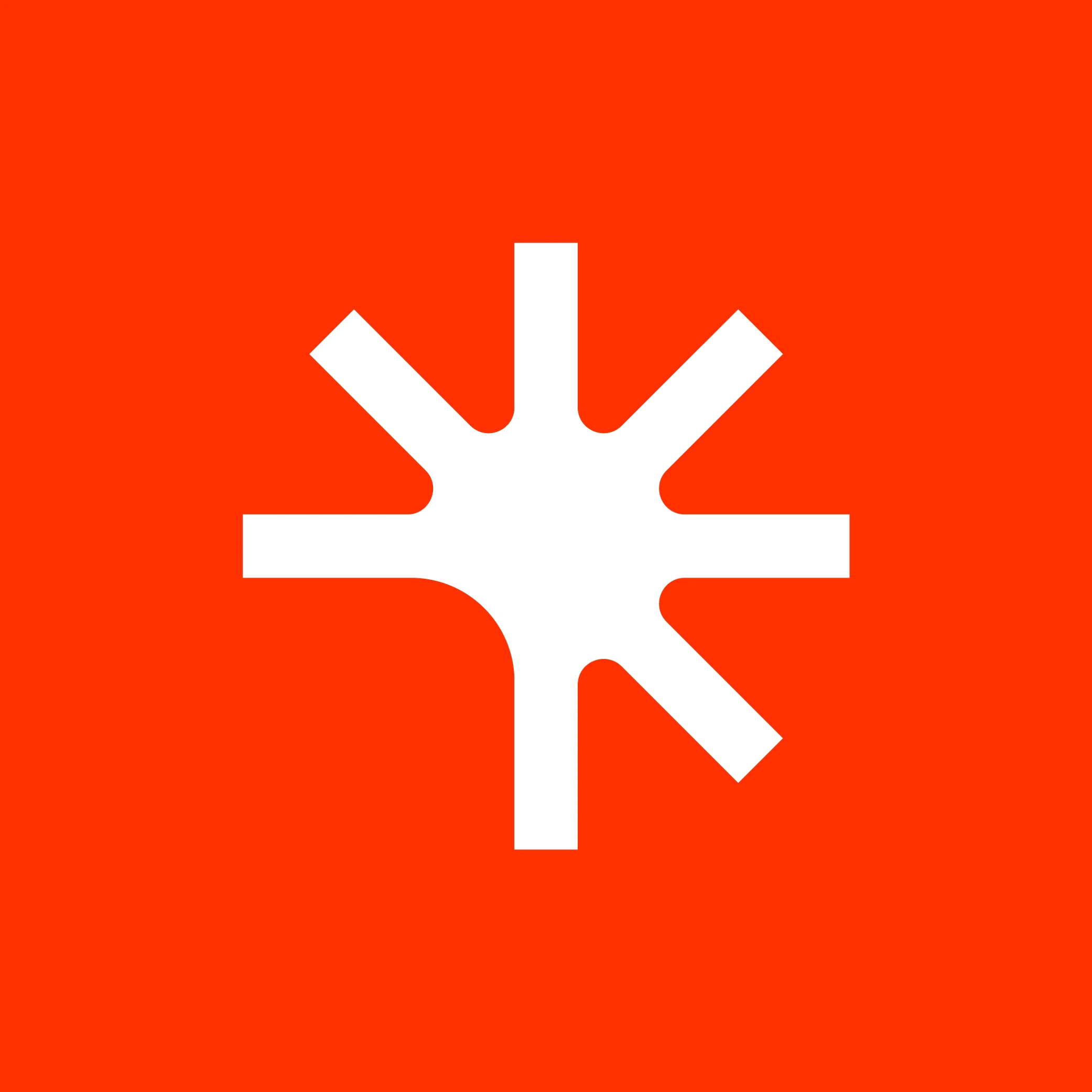Antigravity vs Cursor: Why Google’s Multi-Model IDE Changes Everything
When Google launches a direct competitor to a startup that reached a $29.3 billion valuation in months, you pay attention. Antigravity, Google’s just-released “agent-first development platform”, isn’t just another coding tool, it’s Microsoft’s VSCode DNA fused with Google’s AI ambitions, and it fundamentally challenges Cursor’s dominance by doing something different: supporting multiple AI backends including GPT-OSS alongside Gemini.

The first wave of developer reactions reveals both excitement and skepticism. Early users report authentication issues and confusing rate limiting, “Been stuck here, even after a restart + re-authentication“, noted one developer struggling with the initial setup. Despite Day 0 updates, the community reaction highlights Google’s classic challenge: brilliant technology hampered by usability friction.
Multi-Model Support: The Killer Feature Cursor Can’t Match
While Cursor ties you to its ecosystem, Antigravity launches with model flexibility baked into its core architecture. The platform currently supports:
– Gemini 3 Pro (High/Low variants)
– Claude Sonnet 4.5 (including thinking mode)
– GPT-OSS 120B (Medium)
This isn’t just technical flexibility, it’s strategic positioning. As early adopters noted, “Hopefully we will get instructions for running local models soon.” By supporting GPT-OSS alongside Gemini, Google acknowledges that developers want freedom of choice rather than vendor lock-in.
The model selection matters because unlike Cursor’s walled garden approach, Antigravity positions itself as an AI-agnostic platform. This reflects Google’s broader strategy: competing on infrastructure rather than just product features.
Built on Windsurf, Packaged Like VSCode
Antigravity’s technical foundation reveals Google’s acquisition strategy in action. The project is led by Varun Mohan, former CEO of Windsurf (formerly Codeium), who joined Google DeepMind in July 2025 as part of a controversial $2.4 billion talent acquisition. The deal brought approximately 40 Windsurf employees to Google, securing a nonexclusive license to Windsurf’s technology.
This acquisition followed the collapse of Windsurf’s $3 billion deal with OpenAI, reportedly due to concerns about Microsoft gaining access to competing technology. The remaining Windsurf entity was subsequently acquired by Cognition for $250 million, creating a complex web of competitive relationships.
The result? Antigravity feels like “Windsurf with Google polish”, a VSCode fork with Google’s infrastructure baked in rather than Microsoft’s.

Agent-First Architecture: Beyond Vibe Coding
Where Antigravity truly diverges is its agent-first approach. The platform introduces two distinct workflows that redefine how developers interact with AI assistants.
The Editor view provides the familiar VSCode-like environment with AI enhancement, while the Manager view acts as “mission control for spawning, orchestrating, and observing multiple agents across multiple workspaces in parallel.” This enables coordinated multi-agent workflows rather than the single-threaded approach that dominates current tools.
As The Verge reported, “Antigravity will also report on its actions and external tool use along the way, but Google says that Artifacts are ‘easier for users to verify’ than full lists of a models’ actions and tool calls.” These Artifacts, task lists, plans, screenshots, and browser recordings, provide tangible evidence of agent work rather than opaque processes.
Performance Benchmarks: The Numbers Speak
Independent testing reveals concrete advantages. In codebase navigation across 100k+ line repositories, Antigravity resolves queries 40% faster than Cursor 2.0, with accuracy on complex refactoring jumping from Cursor’s 78% to Antigravity’s 94%. For backend feature implementation in Next.js + Supabase environments, Antigravity completes typical projects in approximately 42 seconds versus Cursor’s 68 seconds.
These performance gains stem from Gemini 3’s massive context window capabilities, handling over 1 million tokens natively compared to Cursor’s practical limitations. This means Antigravity can comprehend entire monorepos without truncation, reducing the iterative refinement cycles that plague current AI coding tools.
The Google-Cursor Paradox: Investing While Competing
Google’s strategic position creates fascinating market dynamics. Just days before Antigravity’s launch, Google participated in Cursor’s Series D funding round that pushed the startup’s valuation to $29.3 billion, nearly triple its $9.9 billion valuation from five months earlier. This simultaneous investment and competition reveals Google’s hedging strategy: maintain visibility into market dynamics while ensuring Gemini models remain integrated into leading platforms regardless of which IDE dominates.
The approach makes sense when you consider Cursor’s meteoric rise, “crossing $1 billion in annualized revenue” with millions of developers on its platform, becoming one of the fastest-growing SaaS companies in history. Google couldn’t afford to cede this ground entirely.
Pricing and Rate Limits: The Execution Challenge
Antigravity launches with a free Individual plan featuring what Google calls “generous rate limits” that refresh every five hours. However, early users report hitting these limits quickly. “After about 20 mins, oh, no. Out of credits“, noted one developer, highlighting the frustration with unclear upgrade paths.
This presents a stark contrast to Cursor’s $20-40 monthly pricing tiers. Google’s free-for-now approach follows the classic platform playbook: capture market share first, monetize later. But the lack of clear paid tiers leaves power users questioning sustainability.
Privacy and Data Collection Concerns
The multi-model support comes with strings attached. As one developer observed, “This is clearly a way for them to collect data, prompts, completions, acceptance rate, etc. They have no reason to allow third-party models.” While Google addresses this with tenant-isolated environments and opt-in data usage policies, the fundamental tension between model flexibility and data collection remains unresolved.
For developers working on proprietary codebases, this creates legitimate hesitation. The promise of local model support can’t come soon enough for privacy-conscious teams.
Strategic Implications: Beyond Just Another IDE
Antigravity represents Google’s play for developer mindshare at infrastructure level. By supporting multiple backends including open-source options, Google positions itself as the neutral platform provider rather than just another model vendor competing with its customers.
This reflects lessons learned from the Android playbook: control the platform, not just the applications. While Microsoft builds vertically integrated AI tooling, Google aims to own the foundational layer where multiple AI models compete for developer attention.
The timing couldn’t be more strategic. As Microsoft deeply embeds AI into Visual Studio, with CEO Satya Nadella revealing AI now composes approximately 30% of Microsoft’s code, Google needed a direct countermove. Antigravity provides that counter while offering something Microsoft can’t easily match: genuine model flexibility.
The Verdict: Evolution, Not Revolution
Antigravity won’t kill Cursor overnight. Cursor retains advantages in specific workflows and local-first scenarios, particularly for developers already invested in its ecosystem. But Google’s entry reshapes the competitive landscape fundamentally.
For developers prioritizing model flexibility and Google ecosystem integration, Antigravity offers compelling advantages. For those valuing Cursor’s focused experience or requiring local model support, the calculus remains complex. The real winner may be developers themselves, as both platforms push each other toward better performance, lower costs, and more flexible architectures.
The AI coding tool revolution just entered its second phase, and it’s going to get interesting.



